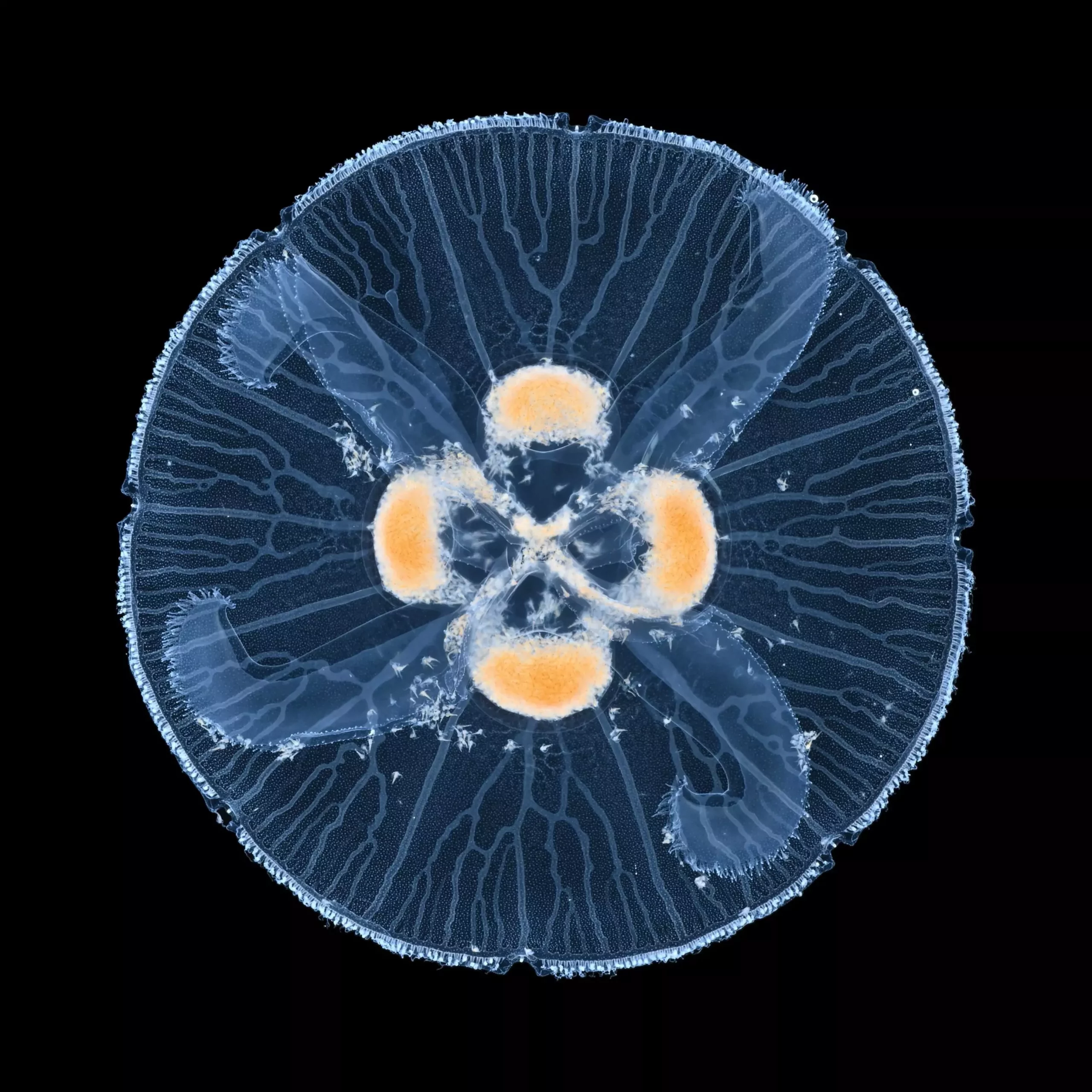Transport networks—comprising systems that facilitate the movement of materials, energy, and information—are integral to both natural and artificial environments. From the intricate blood vessel systems supplying oxygen to human tissues to the elaborate electrical discharge paths formed during thunderstorms, these networks exhibit various structural complexities. Recent research has unveiled remarkable insights into how loops—essential for enhancing the stability and efficiency of these networks—form during natural transport processes. This article explores these groundbreaking findings and their broader implications, as presented by an international team of researchers.
Loops within transport networks provide significant advantages, primarily by diminishing their susceptibility to damage. In networks lacking loops, the failure of a single branch may lead to the collapse of entire systems, while looping structures ensure alternative pathways, maintaining the vital flow of resources. A recent study published in the *Proceedings of the National Academy of Sciences* sheds light on the mechanisms that govern the formation of these vital loops, revealing intriguing dynamics as growth reaches the boundaries of a system.
The primary assertion of researchers is that upon the reaching of these boundaries, branches that once repelled each other begin to exhibit attractive interactions, culminating in the development of loops. This paradigm shift in the behavior of network branches occurs in an array of contexts ranging from the biological to the geophysical, highlighting the universal applicability of these findings.
At the heart of this phenomenon lies the behavior of networks in response to diffusive fields, such as concentration gradients, pressure differentials, and electric potentials. The research indicates that branches of a network are much more effective at transporting fluxes than the surrounding medium. Consequently, this marked difference in resistance instigates a competitive dynamic that typically leads to branch repulsion.
However, the exploration of this branch-interaction dynamic has evolved over the years. In previous works, researchers identified that minor differences in resistance could induce attraction between growing branches. This nuanced understanding prompted additional collaborative efforts, notably in studying the complex gastrovascular networks observed in jellyfish, which exhibit multiple loops that serve essential functions, ensuring the organism’s nutrient transport and metabolic waste removal.
The researchers focused on specific observations, such as the canal system in jellyfish, where the attraction and looping phenomenon becomes apparent. Upon a canal’s connection to the jellyfish’s stomach—serving as the system’s boundary—there’s an observable tendency for adjacent, shorter canals to form loops around this connection. This behavior is not limited to biological systems; analogous dynamics appear in studies of fluid behavior and electrical discharges, emphasizing the phenomenon’s pervasiveness across various domains.
Through comprehensive experimental observations, including the Saffman-Taylor experiment, the team identified that this behavior reveals a broader principle: that loops can spontaneously emerge as growth mechanisms vie for spatial occupancy at boundaries. This realization underscores the remarkable versatility of natural systems.
By establishing a theoretical framework that explains how these loops form, researchers have opened doors for future exploration. Their model suggests that regardless of the underlying geometry of the network or the specifics of resistance disparities, the transition from repulsion to attraction and subsequent loop formation occurs consistently at system boundaries. These insights not only contribute to our understanding of biological morphogenesis but also bear potential implications for engineering applications where resilient transport networks are essential.
As investigators pursue further inquiries into where this loop formation might manifest across other systems, the potential for discovering new dynamics is considerable. Understanding these non-linear interactions could lead to innovative strategies for designing robust systems capable of sustaining function despite disruptions.
The study of loop formation in transport networks serves as a potent reminder of nature’s complexity and efficiency. From the classroom to the laboratory, understanding these mechanisms enriches our knowledge of both biological and physical systems. As future research endeavors unfold, the implications of these findings could extend into various fields, potentially guiding the design of more resilient networks in technology and enhancing our comprehension of biological processes. This scholarship stands testament to the intricate and adaptable nature of life, where even the simplest structural adjustments can lead to profound outcomes in stability and performance.

